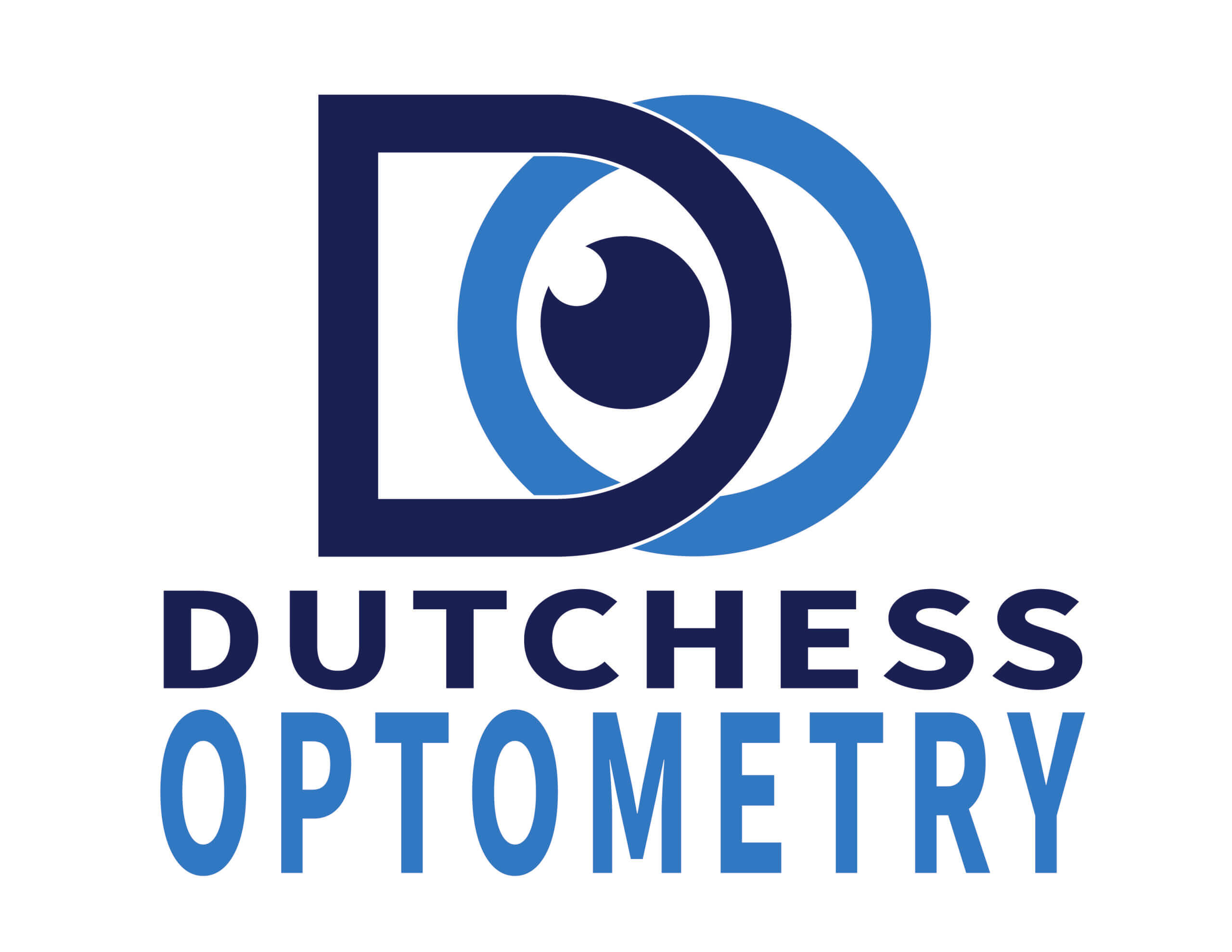Essential Tips for Safe Night Driving with Dutchess Optometry
Night driving is a common but challenging task for many, with reduced visibility and increased risk of accidents. The key to navigating these challenges safely lies in your driving skills and the health of your eyes. Dutchess Optometry is here to give you helpful tips for driving safely at night so you can feel confident driving in the dark.
Tips for Safe Night Driving
Navigating the roads at night comes with challenges, primarily due to reduced visibility and the glare from oncoming traffic. However, you can significantly improve your night driving experience with a few adjustments and precautions.
Update your prescription glasses: Keeping your prescription current is crucial if you rely on prescription glasses. Wearing the right lenses can drastically improve your vision at night, reducing glare and enhancing clarity.
Consider anti-reflective coating: Glasses with an anti-reflective coating can be a game-changer for night drivers. This special coating cuts down on the reflections from other vehicles' headlights and streetlights, offering a clearer and more comfortable view of the road.
Schedule regular eye check-ups: Don't underestimate the importance of regular eye exams. They can catch early signs of vision changes or conditions like astigmatism and cataracts, which might impair your night vision.
Dim the dashboard displays: A brightly lit dashboard can make it harder for your eyes to adjust to the darkness outside. Lowering the brightness helps your eyes better adapt to the low-light conditions on the road.
Clean your headlights and windshield: Visibility is key, so ensure your headlights are clean and aligned. A clean windshield, both inside and out, also plays a crucial role in maintaining clear vision during night drives.
Dim your interior lights: Minimize using bright interior lights while driving at night. Keeping your dashboard and other interior lights dim helps your eyes adjust more easily to dark driving conditions.
Signs It's Time to See Your Optometrist
While driving at night can be challenging for various reasons, certain symptoms may suggest it's time to consult your optometrist.
Difficulty seeing at night: Struggling to see clearly at night or being bothered by glare and halos around lights are signs you should not ignore. These could indicate the onset of cataracts or other vision issues.
Frequent headaches or eye strain: If night driving leaves you with constant headaches or eye strain, it's a sign that something's amiss. An incorrect prescription or an underlying eye condition could be the culprit.
Changes in peripheral vision: Noticing changes in your peripheral vision, such as tunnel vision or the appearance of blind spots, is a serious concern. This aspect of your vision is crucial for spotting hazards on the road.
Excessive halos and glare: Seeing halos around lights or experiencing excessive glare can indicate various eye conditions. Addressing these symptoms early on can lead to safer driving experiences.
Prioritize Eye Health at Dutchess Optometry
Making eye health a priority is not just about clear vision; it's about taking control of your safety, especially during nighttime drives. By following these tips and recognizing that it's time for an eye examination, you can ensure your vision is at its best for every journey, day or night.
Schedule your regular eye check-ups at Dutchess Optometry in New York today and ensure you're as prepared for night driving as possible.

